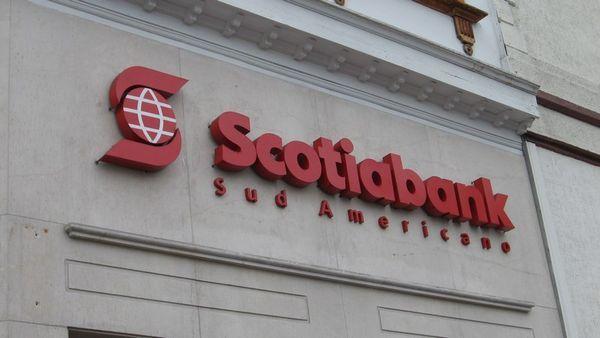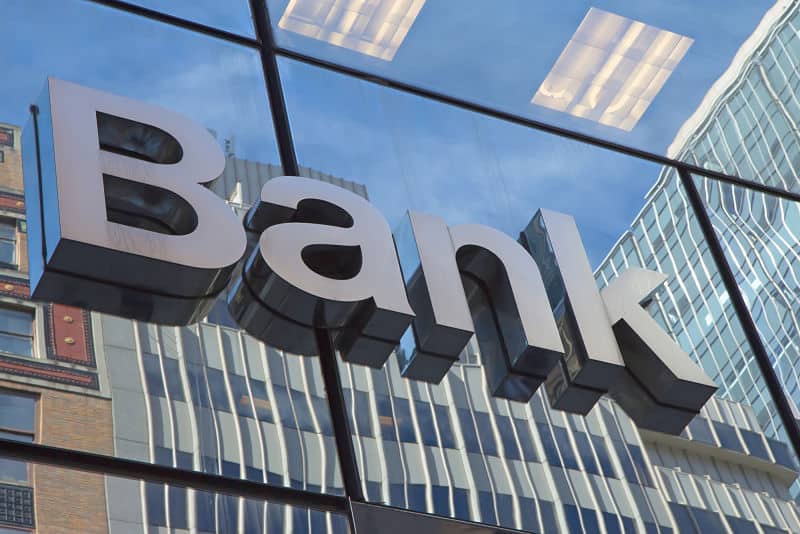

All viewers agree that under no circumstances will BNK Invest, Inc. None of the information contained herein constitutes a recommendation that any particular security, portfolio, transaction, or investment strategy is suitable for any specific person.


BANK OF NOVA SCOTIA STOCK PRICES FREE
Split history database is not guaranteed to be complete or free of errors. or any of its affiliates, subsidiaries or partners. Nothing in is intended to be investment advice, nor does it represent the opinion of, counsel from, or recommendations by BNK Invest Inc. Below, we examine the compound annual growth rate - CAGR for short - of an investment into Bank of Nova Scotia Halifax shares, starting with a $10,000 purchase of BNS, presented on a split-history-adjusted basis factoring in the complete BNS split history.īNS is categorized under the Financials sector below are some other companies in the same sector that also have a history of stock splits:Īlso explore: BNS shares outstanding historyĬopyright © 2013 - 2023, All Rights Reserved Looking at the BNS split history from start to finish, an original position size of 1000 shares would have turned into 400 today. So when a company does a reverse split, it is looking mathematically at the market capitalization before and after the reverse split takes place, and concluding that if the market capitilization remains stable, the reduced share count should result in a higher price per share. Stock exchanges also tend to look at per-share price, setting a lower limit for listing eligibility. The $5 and $10 pricepoints tend to be important in this regard. This can be important because, for example, certain types of mutual funds might have a limit governing which stocks they may buy, based upon per-share price. When a company such as Bank of Nova Scotia Halifax conducts a reverse share split, it is usually because shares have fallen to a lower per-share pricepoint than the company would like. This does not always happen, however, often depending on the underlying fundamentals of the business. If that increased demand causes the share price to appreciate, then the total market capitalization rises post-split. Often, however, a lower priced stock on a per-share basis can attract a wider range of buyers. When a company such as Bank of Nova Scotia Halifax splits its shares, the market capitalization before and after the split takes place remains stable, meaning the shareholder now owns more shares but each are valued at a lower price per share. For example, a 200 share position pre-split, became a 400 share position following the split. This was a 2 for 1 split, meaning for each share of BNS owned pre-split, the shareholder now owned 2 shares. BNS's second split took place on April 29, 2004. For example, a 1000 share position pre-split, became a 200 share position following the split. This was a 1 for 5 reverse split, meaning for each 5 shares of BNS owned pre-split, the shareholder now owned 1 share.

The first split for BNS took place on May 10, 2001. Bank of Nova Scotia Halifax (BNS) has 2 splits in our BNS split history database.


 0 kommentar(er)
0 kommentar(er)
